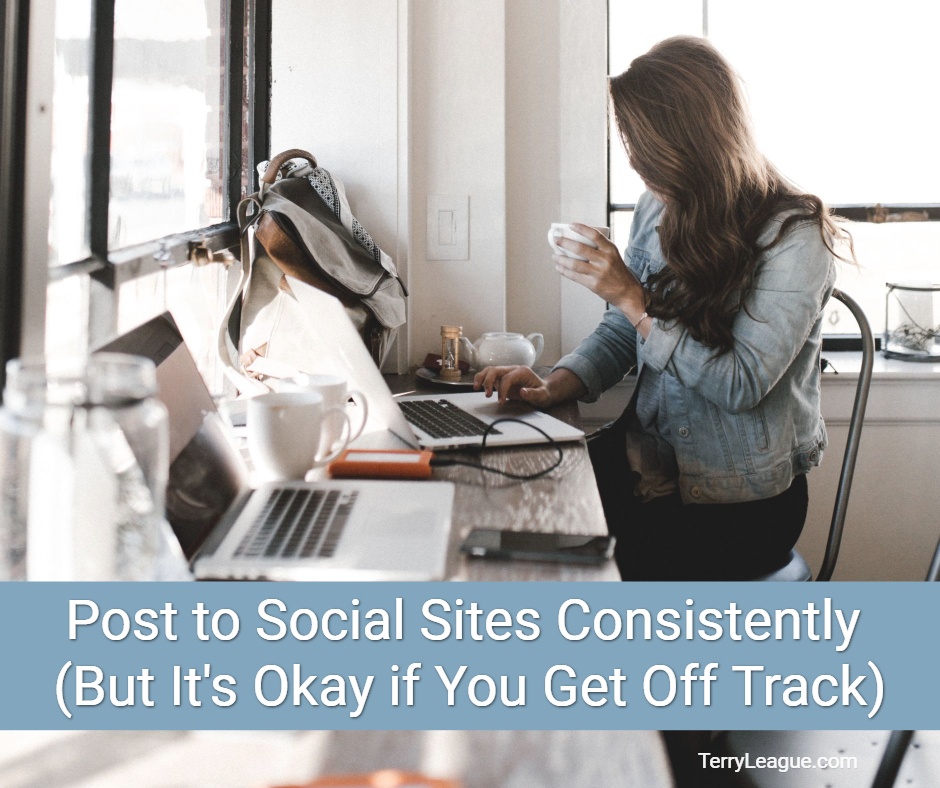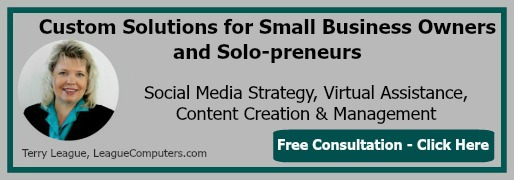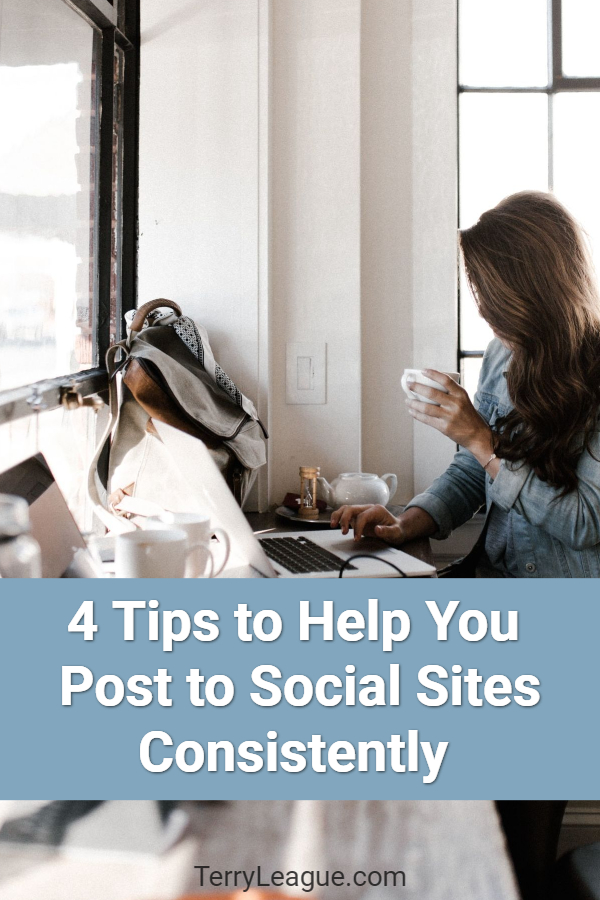
When you are building your personal or business brand it’s important to post to your social media sites consistently. A bad first impression is a Facebook Page that hasn’t been updated in 3 months.
But what happens when life gets in the way of your social media plans?
It happens to all of us: we get a new client (who demands more time than we anticipated), a family member gets sick and we need to take care of them, or we just need a few days away from the internet (yikes! is that even possible in today’s world?)
And with all that has happened during the pandemic, I feel like we all have a very good reason for getting off track when it comes to regular social media posts! Who could have guessed what 2020 was going to be like?
Or maybe because of COVID-19 you’ve been spending more time at home, and you’ve had more time to post on social media sites? If you’ve used the unexpected free time to post more regularly and build/grow your brand, then good for you 🙂
But no matter what happens to keep you from sticking to a consistent social media posting strategy, don’t dwell on it!
Don’t give up on building your personal or business brand on social media if you occasionally miss your daily posting goal.
The worst thing you can do is totally abandon your branding efforts at this point. It takes a while to get into a groove when managing your social accounts, and it can take several months (or more) for your audience to engage with you on a regular basis.
You can explain your absence or lack of consistent posting to your audience (but you don’t have to), and then just get back onto a schedule to move forward.
A few quick tips to get back on track or set up a new, consistent posting strategy:
1. Set a realistic goal for the time you have available now
You can get recommendations from industry experts about the optimal number of Facebook posts, Tweets, YouTube videos you should make…but if you don’t have a team to help or time yourself to follow their schedule, you’ll be off track again very soon.
Start with a posting schedule you can manage now, and then expand it when you’ve put a good system in place and have stuck with that system for a while.
2. Create a content calendar
This helps you and your audience know what to expect on your accounts. For example, share a blog post or a new video every Wednesday and tell your community when to expect it.
You can also use well-known hashtag topics like #MondayMotivation or #ThrowbackThursday as well as holidays to fill in your content calendar and get more visibility on your posts.
Learn more about using hashtags here: How to Use Hashtags in Your Personal Branding Strategy
3. Use tools like the Buffer App to schedule some of your posts to save time
A totally automated account is not ideal, but there’s no reason you can’t schedule a few posts or Tweets during times that you are offline.
The Buffer App (as well as most other scheduling tools) give you a free trial to test them out, so take advantage of that to find the best one for you.
[update] Note that some of the major social platforms now have their own built-in scheduling tools (Facebook/Instagram, Twitter, Pinterest) that you can use as well.
4. Make sure notifications are turned on so you can respond to comments
You may not be able to monitor your accounts in real-time on a certain day, but if someone leaves a comment or question, make sure you know about it right away and can give them some kind of response.
People expect a quick response time on social media platforms, so use the built-in dashboards and notification tools or a monitoring tool to be responsive to your audience.
5. Schedule time to engage with your community in real-time
Just as you can optimize your time by scheduling some of your social media posts, I recommend that you also schedule a time to interact with others in real-time, instead of trying to do it haphazardly.
For example, set aside 30 minutes every day, maybe the second half of a lunch hour or in the early evening, where you like / share / comment on other people’s posts.
You could even announce you have a few minutes to talk or do a Q & A (or AMA – Ask me anything) session with whoever else is on a particular platform at that time.
Major platforms offer a variety of ways to connect with other users in real-time now, whether it’s through video, audio, or written posts.
If you do your real-time interactions at consistent times, you can actually turn them into “episodes” that your community looks forward to.
So use these tips to get back on track with a consistent posting schedule and build or grow your brand with a strategy that works best for you!
Do you have questions about any of the tips above? Contact me for a free consultation and we can determine the best strategy for your brand or business.


